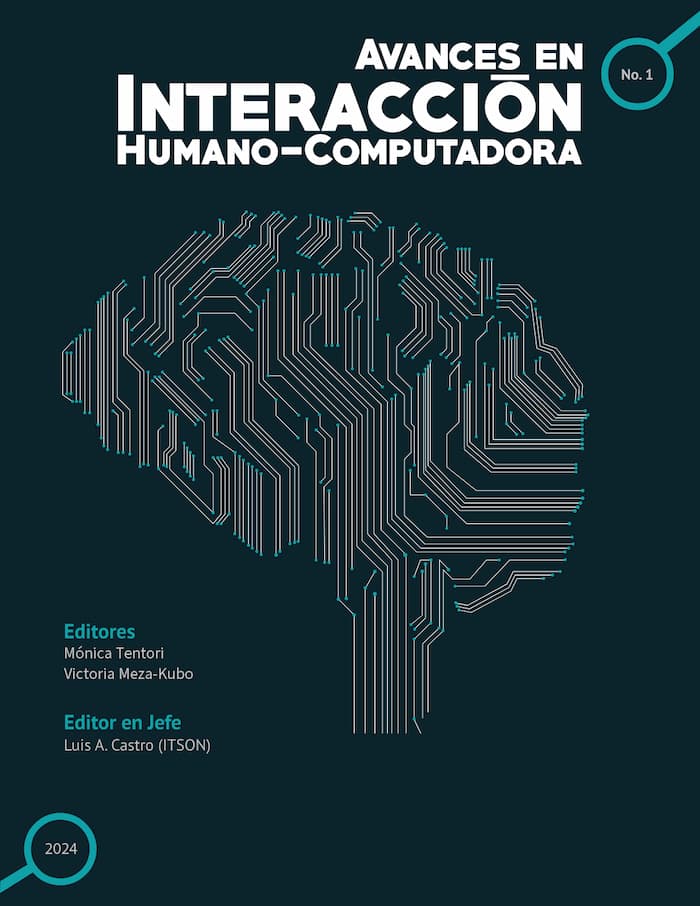Definitions, Tools, and Applications of Generative AI
DOI:
https://doi.org/10.47756/aihc.y9i1.174Keywords:
Generative Artificial Intelligence, Harvard AI Principles, OECD AI Principles, OntologiesAbstract
This paper gathers information on concepts related to artificial intelligence (AI) systems and generative artificial intelligence. It defines an AI system, outlines its lifecycle, and highlights the importance of data quality. Additionally, it enumerates AI principles proposed by Harvard University and the Organization for Economic Co-operation and Development (OECD). Finally, it presents examples of generative AI applications and tools as elements of a small ontology.
Downloads
References
Comisión Europea. (2019). Ethics Guidelines for Trustworthy AI. Grupo de expertos de alto nivel en inteligencia artificial. https://ec.europa.eu/digital-single-market/en/news/ethics-guidelines-trustworthy-ai
Open Data Institute (ODI). (2024). What do we mean by “without data, there is no AI”? https://theodi.org/news-and-events/blog/what-do-we-mean-by-without-data-there-is-no-ai/
Organización de las Naciones Unidas. (2015). Objetivo 4 del Desarrollo Sostenible: garantizar una educación inclusiva, equitativa y de calidad y promover oportunidades de aprendizaje durante toda la vida para todos. Organización de las Naciones Unidas. https://www.un.org/sustainabledevelopment/education/
Fjeld, J., Achten N., Hilligoss H., Nagy A., Srikumar M. (2020). "Principled artificial intelligence: mapping consensus in ethical and rights-based approaches to principles for AI." Berkman Klein Center Research Publication No. 2020-1. https://ssrn.com/abstract=3518482, http://dx.doi.org/10.2139/ssrn.3518482 DOI: https://doi.org/10.2139/ssrn.3518482
Delatorre.ai (2024). Explorando los principios fundamentales de la Inteligencia Artificial - delatorre.ai. https://delatorre.ai/explorando-los-principios-fundamentales-de-la-inteligencia-artificial/
OECD.AI Policy Observatory (2019). OECD AI Principles overview. https://oecd.ai/en/ai-principles
Iniciativa de Datos Abiertos del Gobierno de España. (2019). Los principios de Inteligencia Artificial de la OCDE. https://datos.gob.es/es/blog/los-principios-de-inteligencia-artificial-de-la-ocde
Hawley H. S. (2019). Challenges for an Ontology of Artificial Intelligence. https://doi.org/10.48550/arXiv.1903.
University of British Columbia (UBC). (2023). Glossary of GenAI Terms - AI In Teaching and Learning. https://ai.ctlt.ubc.ca/resources/glossary-of-genai-terms/
B. Chandrasekaran, J. R. Josephson, V. R. Benjamins (1999). What are ontologies, and why do we need them?. IEEE Intelligent Systems and their Applications, 14 (2), pp. 20–26 DOI: https://doi.org/10.1109/5254.747902
Task.ai (2020) .What isOntology in AI? https://www.tasq.ai/glossary/ontology-in-ai/
Villalón M, Fernández-Izquierdo A., Fernández-López M, García-Castro R. (2022). LOT: an industrial oriented ontology engineering framework. Engineering Applications of Artificial Intelligence, 111, 104755. DOI:10.1016/j.engappai.2022.104755 DOI: https://doi.org/10.1016/j.engappai.2022.104755
OWL Working Group (2009). Web Ontology Language (OWL). World Wide Web Consortium: Semantic web. Disponible en: https://www.w3.org/OWL/
Musen M. A. (2015). The Protégé project: a look back and a look forward. AI Matters, 1 (2). pp. 1007-1021. DOI: 10.1145/2557001.25757003 DOI: https://doi.org/10.1145/2757001.2757003
Downloads
Published
How to Cite
Issue
Section
License

This work is licensed under a Creative Commons Attribution-NonCommercial-NoDerivatives 4.0 International License.
AMexIHC make every effort to ensure the accuracy and rigour of all the information (the "Content") contained in out publications. However, AMexIHC and our representatives make no representations or warranties whatsoever as to the accuracy, completeness, or suitability for any purpose of the Content. Any opinions and views expressed in this publication are the opinions and views of the authors, and are not the views of or endorsed by AMexIHC. The accuracy of the Content should not be relied upon and should be independently verified with primary sources of information.


